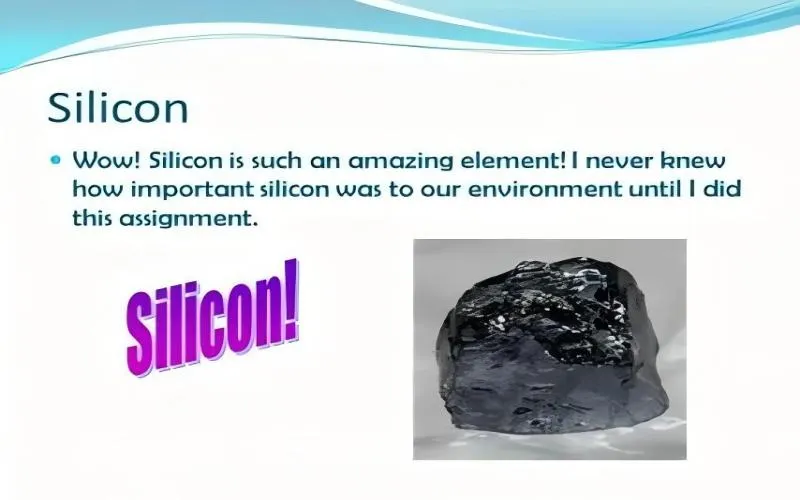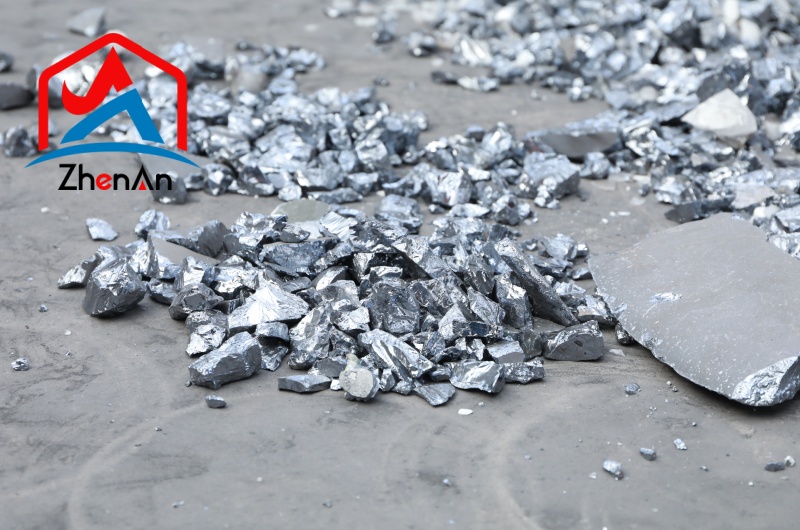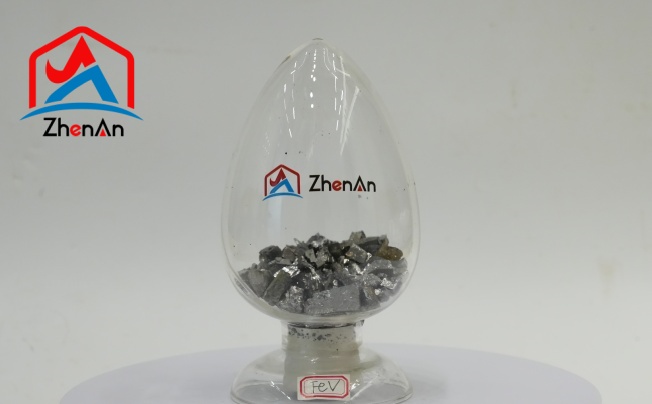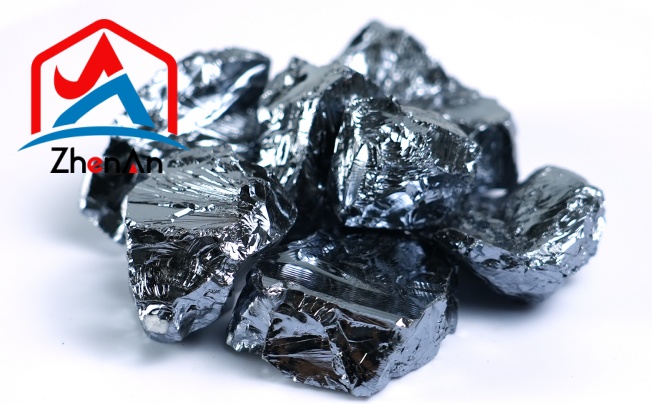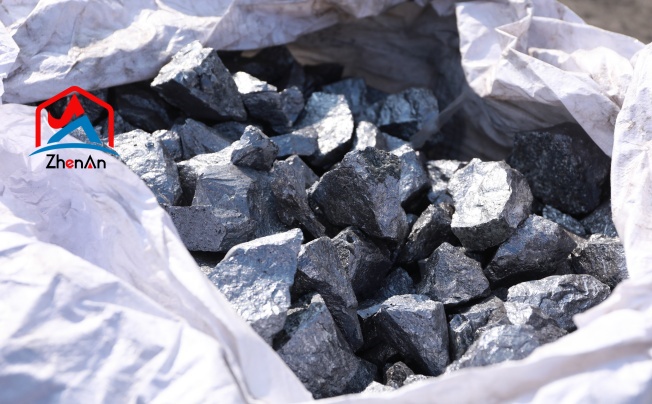BY  GENN
GENN
2024/09
Blog
Why Is Silicon So Expensive?
Silicon’s ability to act as a semiconductor allows it to control electrical currents in a multitude of devices. From the heart of our smartphones to the processors driving advanced computing systems, silicon is at the core of technological progress.
The Marvelous Properties and Applications of Silicon
Silicon’s remarkable properties are key to its widespread application and consequent high value. As a semiconductor, silicon possesses the unique ability to regulate electrical currents, a property that is essential for the functioning of electronic devices. This characteristic allows silicon to act as a medium in which electrical circuits can be controlled with precision.
The material’s efficiency in this role is a major reason why it remains the material of choice for electronic and computing devices, despite the availability of alternative semiconductors. Interestingly, despite its prominence in high-tech applications, silicon is remarkably abundant in the Earth’s crust, making up about 28% of its composition.
This abundance, however, does not necessarily translate into low costs for the refined product. The process of isolating pure silicon from its naturally occurring forms involves complex and energy-intensive methods.
Moreover, the silicon used in high-tech applications requires extremely high purity levels, further complicating and driving up production costs. Silicon’s versatility extends to numerous applications beyond electronics.
In the solar energy sector, silicon is used to create photovoltaic cells, which convert sunlight into electricity. This application is pivotal for advancing renewable energy technologies.
Additionally, silicon compounds are used in the construction industry for making materials such as concrete and glass, highlighting their broad utility. These diverse applications illustrate why silicon remains a highly valued material, driving demand and consequently, its price.
Production Challenges
The production of silicon is fraught with challenges that contribute to its high cost. One of the most significant hurdles is the substantial energy consumption required in the refining process. Silicon, found naturally in compounds such as quartz, must be purified through complex methods involving high-temperature furnaces and significant amounts of electrical energy.
This process is not only energy-intensive but also costly, contributing to the overall expense of silicon production. Purification is another critical factor influencing silicon’s price.
To achieve the high levels of purity required for advanced applications, silicon undergoes multiple stages of refinement. Each stage demands precision and specialized equipment, adding to the production costs.
The complexity of these processes ensures that only a fraction of the raw silicon can be used for high-tech applications, with the rest often relegated to less demanding uses. This complexity and the associated costs are reflected in the price of the final product.
Moreover, the production of high-purity silicon is heavily dependent on sophisticated infrastructure and technology. The equipment used in refining and purifying silicon is expensive and requires regular maintenance and upgrades to keep pace with technological advancements.
The costs associated with maintaining and updating this infrastructure are passed on to consumers, further driving up the price of silicon. These production challenges highlight why silicon remains a valuable and costly material despite its natural abundance.
Global Market Demand
The global demand for silicon is heavily influenced by emerging economies and their growing technological needs. As developing nations industrialize and adopt advanced technologies, their consumption of silicon increases, adding to the overall global demand.
This rise in consumption is particularly evident in sectors such as electronics and renewable energy, where silicon plays a crucial role. The expanding middle class and technological aspirations in these economies further drive up the demand for silicon, impacting its price on a global scale.
Consumer electronics, including smartphones, tablets, and computers, represent a significant portion of silicon demand. As technology evolves, the need for more sophisticated and efficient electronic devices continues to grow, driving up the demand for high-quality silicon components.
Similarly, the rise of electric vehicles, which rely on silicon for various electronic systems, has added another layer of demand to the market. This burgeoning need for silicon in cutting-edge technologies underscores the material’s pivotal role in shaping modern consumer trends.
Geopolitical factors also play a role in shaping global silicon demand. Trade policies, tariffs, and international relations can impact the flow of silicon between countries, affecting both supply and price.
For instance, trade disputes or restrictions on silicon exports from key production regions can lead to supply shortages, driving up prices in importing countries. As geopolitical dynamics continue to shift, their influence on silicon prices remains a crucial consideration for both producers and consumers alike.
Environmental and Regulatory Considerations
The environmental impact of silicon production is a growing concern as the industry seeks to balance technological progress with sustainability. Mining and refining silicon involves significant energy consumption and environmental disruption.
The extraction process can lead to habitat destruction and pollution, raising questions about the long-term ecological footprint of silicon production. As awareness of these environmental issues increases, there is growing pressure on the industry to adopt more sustainable practices.
Efforts to mitigate the environmental impact of silicon production are underway, with a focus on developing more eco-friendly methods. Innovations in production techniques aim to reduce energy consumption and lower emissions.
Additionally, initiatives to improve recycling processes for silicon components are gaining traction, helping to decrease the demand for new raw materials and reduce environmental impact. These efforts reflect a commitment to balancing technological advancement with environmental stewardship.
Regulatory standards also play a significant role in shaping the production and cost of silicon. Compliance with environmental regulations requires investments in cleaner technologies and practices, which can increase production costs.
Changes in regulations, such as stricter environmental standards, can further impact the cost of silicon production. Navigating these regulatory requirements is essential for maintaining both environmental responsibility and economic viability in the silicon industry.
Technological Innovations and Future Outlook
Research and development are key drivers of change in the silicon industry, with ongoing innovations aimed at addressing both production challenges and cost concerns. Advances in silicon recycling technologies promise to enhance the efficiency of reclaiming and reusing silicon components, reducing the need for new raw materials.
These advancements support environmental sustainability and offer potential cost savings by mitigating the demand for virgin silicon. Exploration of alternative materials is another avenue of innovation in the industry.
Researchers are investigating new materials that could complement or even replace silicon in certain applications. These alternatives may offer advantages such as lower costs or improved performance, potentially disrupting the traditional silicon market.
While silicon remains a cornerstone of modern technology, these developments could reshape its role and impact future pricing. Looking ahead, the silicon market is likely to experience fluctuations in pricing driven by both technological advancements and global demand trends.
Predictions suggest that while silicon prices may remain high due to ongoing demand and production challenges, innovations in technology and sustainability efforts could lead to more stable or even reduced prices in the future. The dynamic nature of the silicon industry ensures that its future will be shaped by a combination of technological progress and evolving market forces.




